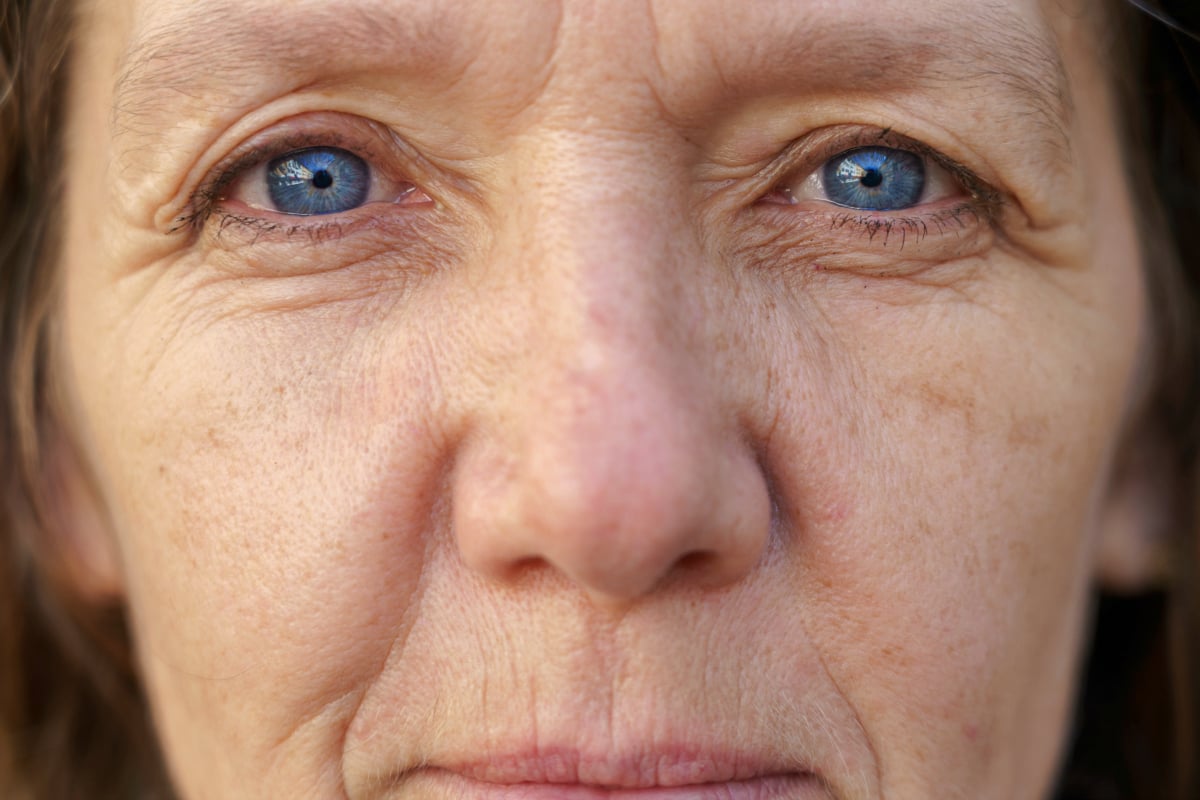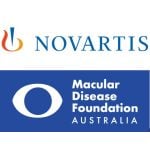

For many of us, our eyesight is something we take for granted – until we start getting older.
And then, suddenly we think, “Oh, I might need glasses to read”, and we accept that’s part of the process. But there’s more to it.
Eye health is something you can actually help control as you get older, especially to reduce your risk of Age-related Macular Degeneration (AMD) – which can lead to low vision and blindness.
Anyone who’s caring for a parent or grandparent would want the best for their eyesight too. So, we all need to know what we can do – and there are preventative measures that go beyond just wearing sunglasses to block UV rays.
Here are four facts about your eyes that can help protect your vision, and the vision of those you care for, for years to come.
1. Eye health is not just about your eyes.
You may already know that smoking can increase your risk of developing an eye condition. But did you know that high cholesterol and high blood pressure can too?
High cholesterol and high blood pressure can damage the blood vessel walls, increasing the likelihood of things like blood clots.
Take note also if you have an older person in your life who may need help getting on top of these things.
2. Diet is a key factor in helping to look after your eyes.
No, we don’t mean just eating lots of carrots!
To help reduce the risk of developing an eye condition, Macular Disease Foundation Australia (MDFA) recommends that we adopt the following simple practices as a normal part of our diets:
- Limit the intake of fats and oils
- Eat a healthy, well-balanced diet
- Eat dark green leafy vegetables and fresh fruit daily
- Eat fish two to three times a week
- Choose low glycemic index (low GI) carbohydrates instead of high GI
- Eat a handful of nuts a week.
Now, what about carrots? It turns out they’re not the number one food for eye health, despite what we’re told as kids.
MDFA notes that while carrots are a good source of vitamin A, which is important for general health, you should choose dark leafy greens as your main eye health vegetable.





























































































